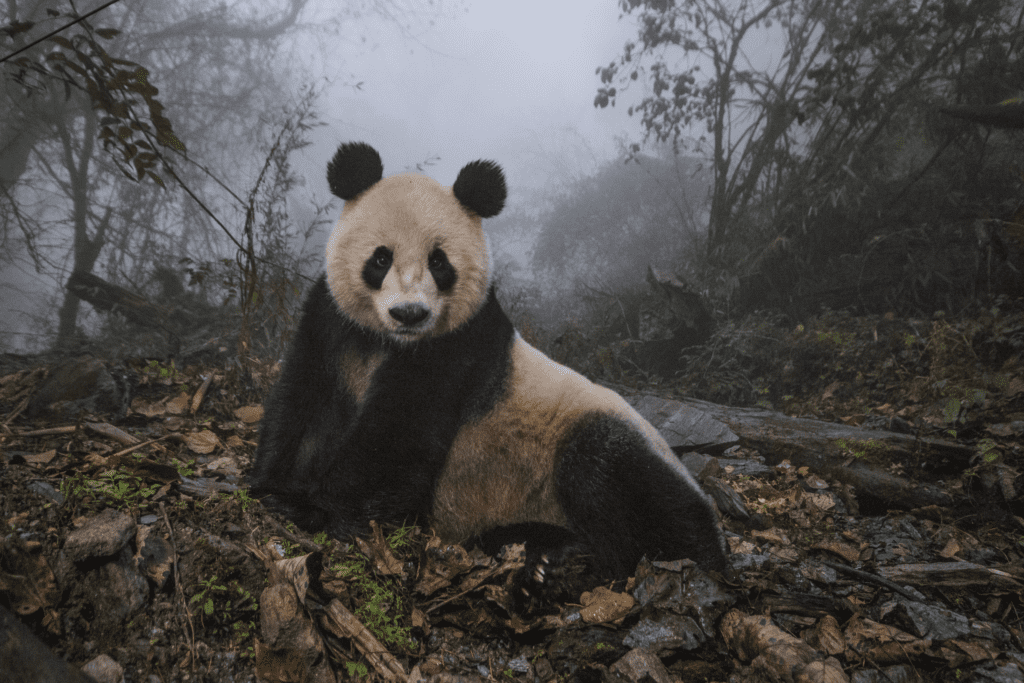
Carnegie Museum of Natural History visitors will witness some of the most surprising animal behavior in the new National Geographic exhibition, “National Geographic: 50 Greatest Wildlife Photographs,” opening on November 16, 2019. Curated by renowned nature picture editor Kathy Moran, this exhibition is a celebratory look at wildlife, featuring images taken by National Geographic’s most iconic photographers such as Michael “Nick” Nichols, Steve Winter, Paul Nicklen, Beverly Joubert, David Doubilet, and more. Showcasing the evolution of photography, the images convey how innovations such as camera traps, remote imaging, and underwater technology have granted photographers access to wildlife in their natural habitat. “National Geographic: 50 Greatest Wildlife Photographs” will remain open at Carnegie Museum of Natural History until May 25, 2020.
“Our museum shares a rich history with National Geographic,” said Eric Dorfman, Daniel G. and Carole L. Kamin Director of Carnegie Museum of Natural History. “We received overwhelming praise for the recent National Geographic exhibitions Women of Vision and 50 Greatest Photographs of National Geographic. It’s an honor to note that our researchers and their discoveries have featured prominently in the publication’s pages so many times over the years. This is a partnership of two institutions that invite people to experience awe of the natural world and inspire them to protect it.”
Each photograph in the exhibition was shot in a natural environment. None of the images were taken in permanent captivity or through the use of baiting techniques. These images give visitors an honest look at animals in the wild and complement Carnegie Museum of Natural History’s focus on the Anthropocene, the current geological epoch in which human activity has caused profound and pervasive impact on the planet. After viewing these spectacular photographs, visitors will be compelled to take action to protect these animals and the planet as a whole.
Founded in 1888, National Geographic has utilized its storytelling expertise to connect its readers to the great outdoors for 131 years. The organization has pioneered the art of wildlife photography ever since the first image to appear in National Geographic magazine of a reindeer in 1903. The start of the exhibition displays such humble beginnings of wildlife photography and details how these photographers paved the way for future generations of visual storytellers.
“National Geographic: 50 Greatest Wildlife Photographs” will appear in the museum’s R.P. Simmons Family Gallery and is free with admission. Visitors may participate in a scavenger hunt that links the photographs to specimens on display from the museum’s collection.
“National Geographic: 50 Greatest Wildlife Photographs” is presented by Green Mountain Energy and sponsored by Highmark and Baierl Subaru.
About the National Geographic Society
The National Geographic Society is a leading nonprofit that invests in bold people and transformative ideas in the fields of exploration, scientific research, storytelling and education. The Society aspires to create a community of change, advancing key insights about the planet and probing some of the most pressing scientific questions of our time, all while ensuring that the next generation is armed with geographic knowledge and global understanding. Its goal is measurable impact: furthering exploration and educating people around the world to inspire solutions for the greater good. For more information, visit www.nationalgeographic.org.
About Carnegie Museum of Natural History
Carnegie Museum of Natural History, one of the four Carnegie Museums of Pittsburgh, is among the top natural history museums in the country. It maintains, preserves, and interprets an extraordinary collection of millions of objects and scientific specimens used to broaden understanding of evolution, conservation, and biodiversity. Carnegie Museum of Natural History generates new scientific knowledge, advances science literacy, and inspires visitors of all ages to become passionate about science, nature, and world cultures. More information is available by calling 412.622.3131 or by visiting the website, www.carnegiemnh.org.
